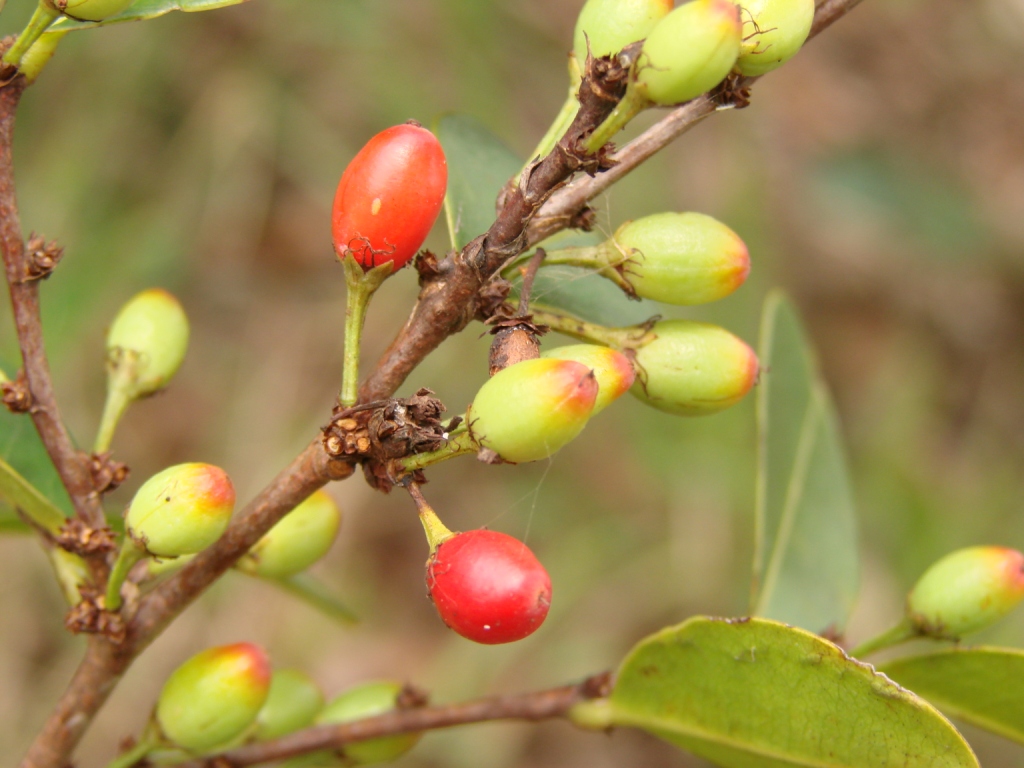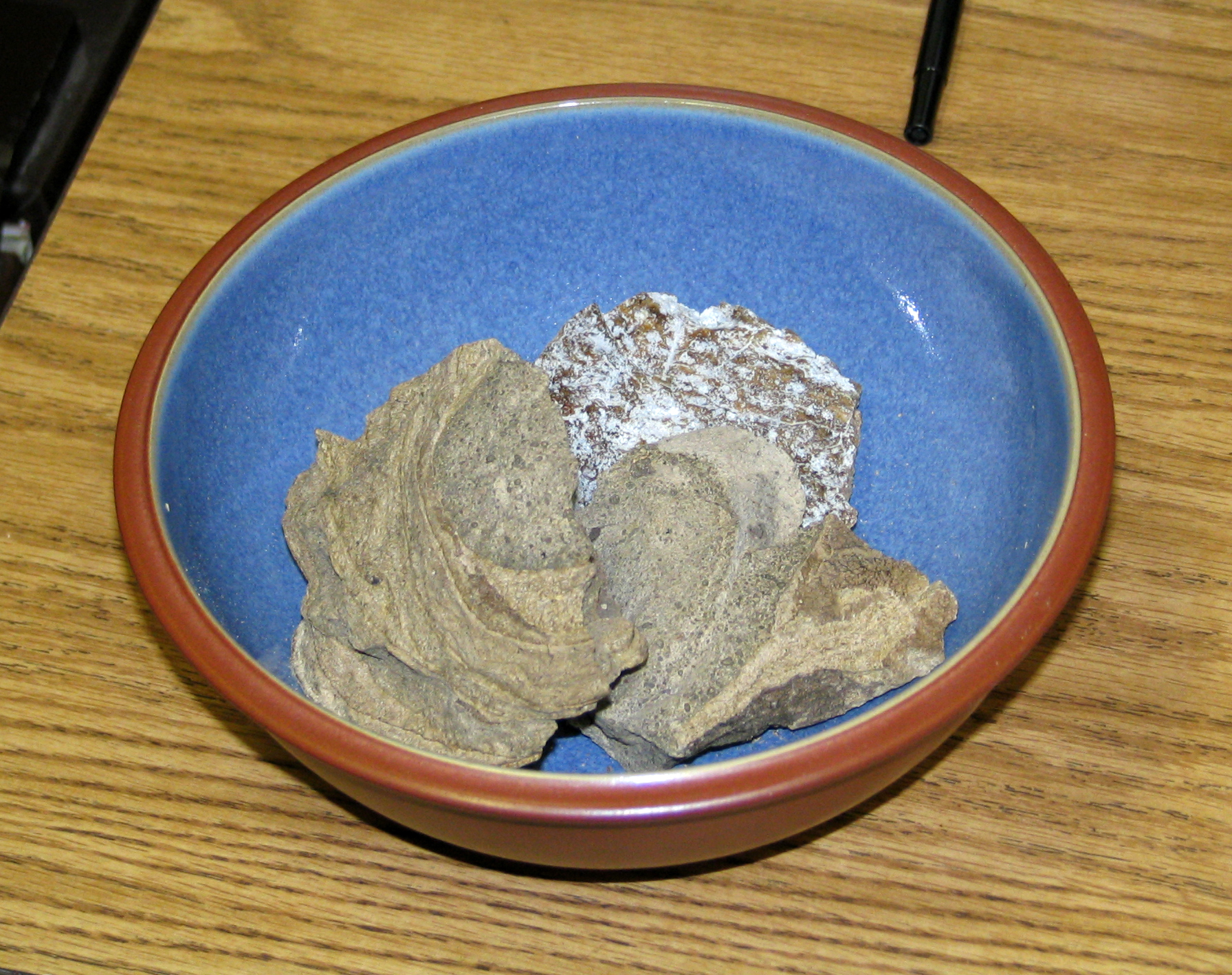|
Erythroxylum Vaccinifolium
''Erythroxylum vaccinifolium'' is a flowering plant species in the genus ''Erythroxylum''. It is used to prepare catuaba, an infusion used as an aphrodisiac in Brazilian herbal medicine. It contains a class of tropane alkaloids called catuabine Catuabines are a group of tropane alkaloids, isolated from ''Erythroxylum vaccinifolium'', which are used in the preparation of the drug Catuaba (which in traditional Brazilian medicine is purported to be an aphrodisiac and central nervous system ...s. External links vaccinifolium Plants described in 1840 {{Malpighiales-stub ... [...More Info...] [...Related Items...] OR: [Wikipedia] [Google] [Baidu] |
Carl Friedrich Philipp Von Martius
Carl Friedrich Philipp (Karl Friedrich Philipp) von Martius (17 April 1794 – 13 December 1868) was a German botanist and explorer. Life Martius was born at Erlangen Erlangen (; East Franconian: ''Erlang'', Bavarian: ''Erlanga'') is a Middle Franconian city in Bavaria, Germany. It is the seat of the administrative district Erlangen-Höchstadt (former administrative district Erlangen), and with 116,062 inhabi ..., the son of Prof Ernst Wilhelm Martius, court apothecary. He graduated PhD from University of Erlangen–Nuremberg, Erlangen University in 1814, publishing as his thesis a critical catalogue of plants in the university's botanical garden. After that he continued to devote himself to botanical study, and in 1817 he and Johann Baptist von Spix were sent to Brazil by Maximilian I Joseph of Bavaria, Maximilian I Joseph, the king of Bavaria. They travelled from Rio de Janeiro through several of the southern and eastern provinces of Brazil and travelled up the Amazon Riv ... [...More Info...] [...Related Items...] OR: [Wikipedia] [Google] [Baidu] |
Erythroxylum
''Erythroxylum'' (''Erythroxylon'') is a genus of tropical flowering plants in the family Erythroxylaceae. Many of the approximately 200 species contain the substance cocaine,Bieri S, Brachet A, Veuthey J, Christen P. Cocaine distribution in wild Erythroxylum species. ''Journal of ethnopharmacology''. 2006; 103: 439-447. and two of the species within this genus, '' Erythroxylum coca'' and '' Erythroxylum novogranatense'', both native to South America, are the main commercial source of cocaine and of the mild stimulant coca tea. Another species, ''Erythroxylum vaccinifolium'' (also known as catuaba) is used as an aphrodisiac in Brazilian drinks and herbal medicine. ''Erythroxylum'' species are food sources for the larvae of some butterflies and moths, including several '' Morpho'' species and ''Dalcera abrasa'', which has been recorded on ''E. deciduum'', and the species of '' Agrias''. Species , Kew's Plants of the World Online listed 259 species: {{Columns-list, colwi ... [...More Info...] [...Related Items...] OR: [Wikipedia] [Google] [Baidu] |
Catuaba
The name Catuaba ( , via Portuguese from Guarani) is used for the infusions of the bark of a number of trees native to Brazil. The most widely used barks are derived from the trees ''Trichilia catigua'' and ''Erythroxylum vaccinifolium''. Other catuaba preparations use the bark of trees from the following genera or families: ''Anemopaegma'', ''Ilex'', '' Micropholis'', ''Phyllanthus'', ''Secondatia'', '' Tetragastris'' and species from the Myrtaceae. It is often claimed that catuaba is derived from the tree ''Erythroxylum catuaba'', but this tree has been described only once, in 1904, and it is not known today to what tree this name referred. ''E. catuaba'' is therefore not a recognised species (Kletter et al.; 2004). Local synonyms are Chuchuhuasha, Tatuaba, Pau de Reposta, Piratancara and Caramuru. A commercial liquid preparation, Catuama, contains multiple ingredients, one of these being catuaba from ''Trichilia catigua''. An infusion of the bark is used in traditional Brazi ... [...More Info...] [...Related Items...] OR: [Wikipedia] [Google] [Baidu] |
Aphrodisiac
An aphrodisiac is a substance that increases sexual desire, sexual attraction, sexual pleasure, or sexual behavior. Substances range from a variety of plants, spices, foods, and synthetic chemicals. Natural aphrodisiacs like cannabis or cocaine are classified into plant-based and non-plant-based substances. There are non-naturally-occurring aphrodisiacs like MDMA and methamphetamine. Aphrodisiacs can be classified by their type of effects (i.e., psychological or physiological). Aphrodisiacs that contain hallucinogenic properties like Bufotenin have psychological effects on a person that can increase sexual desire and sexual pleasure. Aphrodisiacs that contain smooth muscle relaxing properties like yohimbine have physiological effects on a person that can affect hormone levels and increase blood flow. It is possible that the aphrodisiac effect of a substance is due to the placebo effect. Other substances that impede on areas that aphrodisiacs aim to enhance are classified ... [...More Info...] [...Related Items...] OR: [Wikipedia] [Google] [Baidu] |
Brazil
Brazil ( pt, Brasil; ), officially the Federative Republic of Brazil (Portuguese: ), is the largest country in both South America and Latin America. At and with over 217 million people, Brazil is the world's fifth-largest country by area and the seventh most populous. Its capital is Brasília, and its most populous city is São Paulo. The federation is composed of the union of the 26 states and the Federal District. It is the largest country to have Portuguese as an official language and the only one in the Americas; one of the most multicultural and ethnically diverse nations, due to over a century of mass immigration from around the world; and the most populous Roman Catholic-majority country. Bounded by the Atlantic Ocean on the east, Brazil has a coastline of . It borders all other countries and territories in South America except Ecuador and Chile and covers roughly half of the continent's land area. Its Amazon basin includes a vast tropical forest, ho ... [...More Info...] [...Related Items...] OR: [Wikipedia] [Google] [Baidu] |
Herbal Medicine
Herbal medicine (also herbalism) is the study of pharmacognosy and the use of medicinal plants, which are a basis of traditional medicine. With worldwide research into pharmacology, some herbal medicines have been translated into modern remedies, such as the anti-malarial group of drugs called artemisinin isolated from ''Artemisia annua'', a herb that was known in Chinese medicine to treat fever. There is limited evidence-based medicine, scientific evidence for the safety and efficacy of plants used in 21st century herbalism, which generally does not provide standards for purity or dosage. The scope of herbal medicine commonly includes fungi, fungal and bee products, as well as Dietary mineral, minerals, Animal shell, shells and certain animal parts. Herbal medicine is also called phytomedicine or phytotherapy. Paraherbalism describes alternative medicine, alternative and Pseudoscience, pseudoscientific practices of using unrefined plant or animal extracts as unproven medicines o ... [...More Info...] [...Related Items...] OR: [Wikipedia] [Google] [Baidu] |
Tropane Alkaloid
Tropane alkaloids are a class of bicyclic .2.1alkaloids and secondary metabolites that contain a tropane ring in their chemical structure. Tropane alkaloids occur naturally in many members of the plant family Solanaceae. Certain tropane alkaloids such as cocaine and scopolamine are notorious for their psychoactive effects, related usage and cultural associations. Particular tropane alkaloids such as these have pharmacological properties and can act as anticholinergics or stimulants. Classification Anticholinergics Anticholinergic drugs and deliriants: * Atropine, racemic hyoscyamine, from the deadly nightshade (''Atropa belladonna'') * Hyoscyamine, the ''levo''-isomer of atropine, from henbane (''Hyoscyamus niger''), mandrake (''Mandragora officinarum'') and the sorcerers' tree (''Latua pubiflora''). * Scopolamine, from henbane and ''Datura'' species (Jimson weed) All three acetylcholine-inhibiting chemicals can also be found in the leaves, stems, and flowers in varying, un ... [...More Info...] [...Related Items...] OR: [Wikipedia] [Google] [Baidu] |
Catuabine
Catuabines are a group of tropane alkaloids, isolated from ''Erythroxylum vaccinifolium'', which are used in the preparation of the drug Catuaba (which in traditional Brazilian medicine is purported to be an aphrodisiac and central nervous system stimulant, though such claims have not been substantiated). While catuabine A, B and C were isolated and characterized by Graf and Lude (1977, 1978), catuabine D was recently isolated by Zanolari et al. The catuabines are not known to have any physiological effects, this is in contrast to cocaine, which is an active constituent of another species, '' Erythroxylum coca''. See also *Hygrine Hygrine is a pyrrolidine alkaloid, found mainly in coca leaves (0.2%). It was first isolated by Carl Liebermann in 1889 (along with a related compound cuscohygrine) as an alkaloid accompanying cocaine in coca. Hygrine is extracted as a thick yello ... * Cuscohygrine References * Glasl, S.; Presser, A.; Werner, I.; Haslinger, E.; Jurenitsch, J. ( ... [...More Info...] [...Related Items...] OR: [Wikipedia] [Google] [Baidu] |



.jpg)